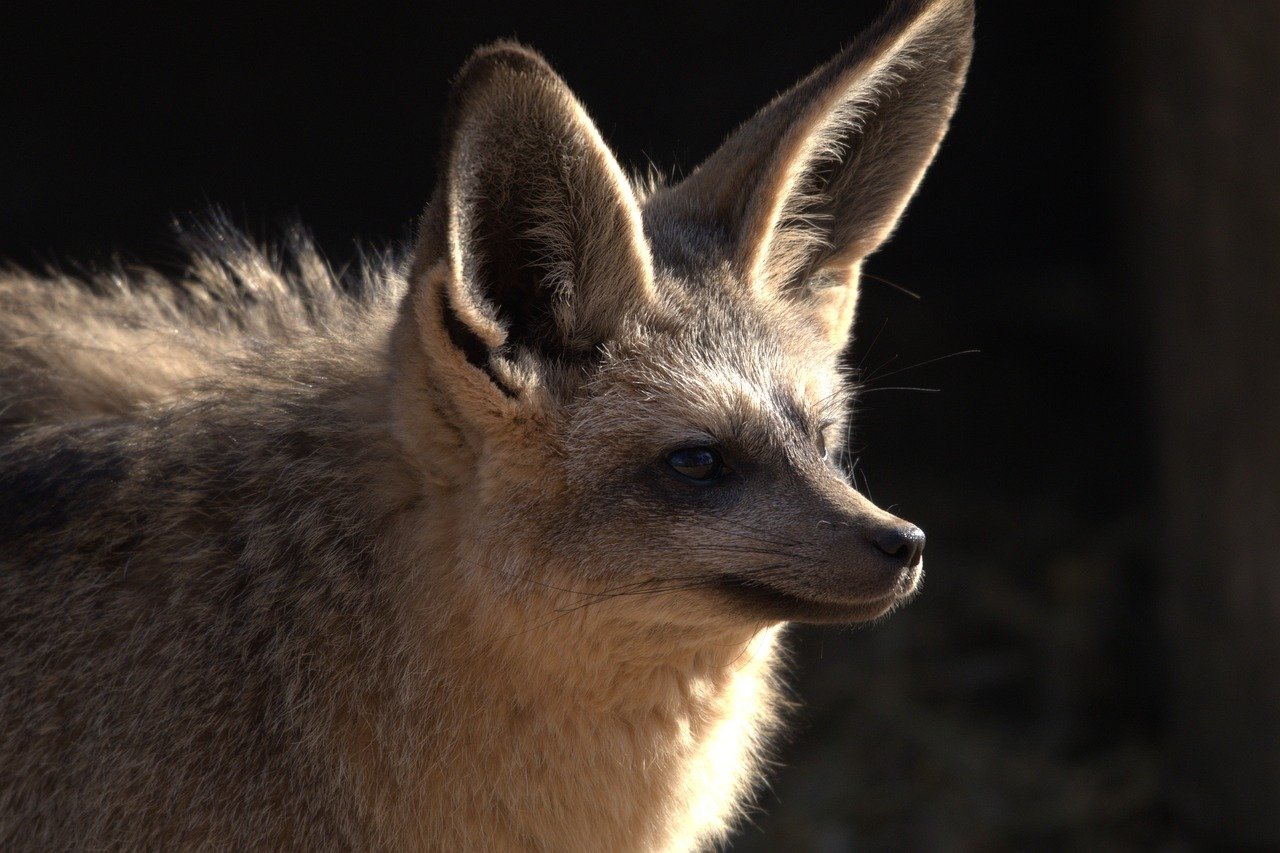Have you ever seen an animal that looks like it popped out of a cartoon—big ears, bushy tail, and eyes full of curiosity? The bat eared fox is one of Africa’s most charming secrets, and it’s nothing like your average fox. Imagine being able to hear a beetle crawling beneath the earth, or picking out dinner with your ears alone. That’s the daily life of this whimsical, fuzzy-eared creature. Animal lovers, prepare to fall head over heels for the bat eared fox—a true superhero of the savanna with a talent that’s nothing short of magical.
Those Enormous Ears Are More Than Just Cute

When you first spot a bat eared fox, it’s impossible to ignore those oversized, radar-like ears. But they aren’t just there for show. These ears can measure up to five inches long, which is almost as big as the fox’s entire head! This isn’t just a fashion statement—those ears are incredibly sensitive and serve as high-tech listening devices for the fox.
Bat eared foxes rely on their ears to detect the faintest sounds beneath the ground, like termites chewing wood or beetles moving in their tunnels. Their hearing is so sharp that they can pinpoint exactly where an insect is hiding. This superpower allows them to dig up a meal in seconds, even in pitch darkness. Think of their ears like a living metal detector, but instead of treasure, it’s all about finding tasty bugs.
They Can Hear Insects Burrowing Underground
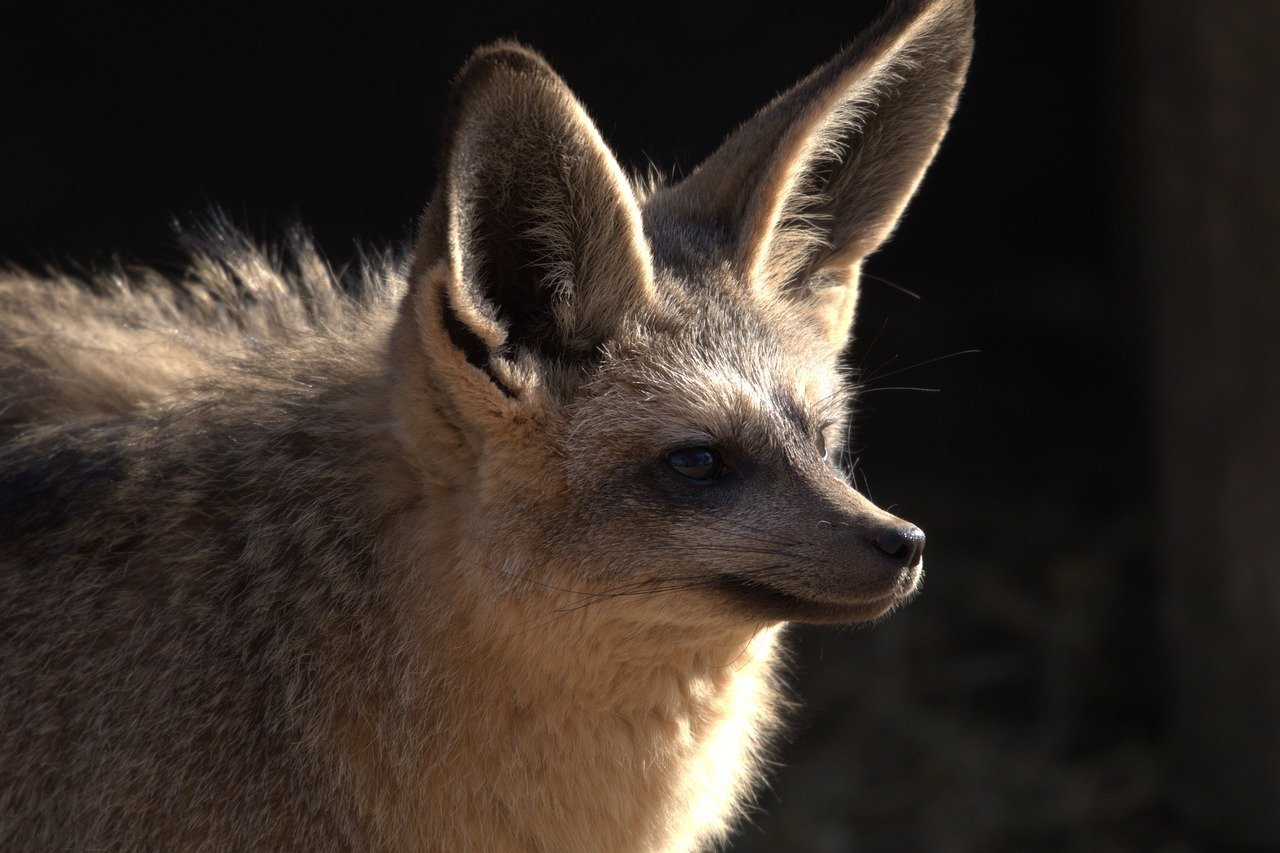
Now, here’s the real jaw-dropper: bat eared foxes can actually hear insects moving and burrowing under the earth. Most animals would have no clue something tiny was wriggling inches below their feet, but not these foxes. They tilt their massive ears toward the ground, listening for the faint, scratchy noises of insects on the move.
This supernatural hearing gives them a huge advantage in the wild. While other predators might search by sight or smell, the bat eared fox’s world is full of whispers and rustles from below. If you ever watched one in the wild, you’d see it freeze, tip its head, then suddenly leap and dig—snatching a snack that no one else even knew was there. It’s like having a secret weapon in the never-ending quest for dinner.
Masters of Termite Hunting
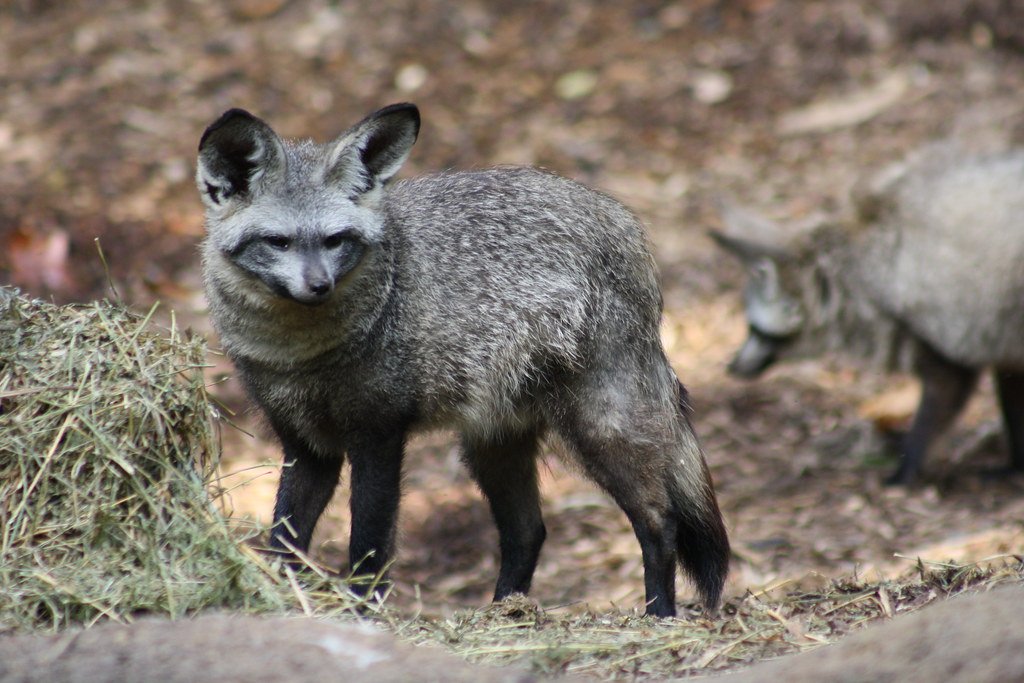
Forget what you know about foxes sneaking after rabbits or mice. The bat eared fox has a totally different menu: termites. These little bugs make up a whopping 80% of its diet! That’s right, this fox is a termite expert, and it can eat thousands in a single sitting. Its long tongue is perfect for lapping up swarms of squirming insects.
This unusual diet means the bat eared fox doesn’t compete much with other predators. While jackals and birds chase after larger prey, the bat eared fox sticks to its own tiny, crunchy meals. You could say it’s the ultimate specialist, thriving where others barely notice a food source. It’s a reminder that sometimes, being different is the best survival trick of all.
They Have a Social Side—Family Comes First

Unlike many other foxes that prefer a solo life, bat eared foxes are surprisingly social. They love spending time with their family, often living in small groups of up to 15 individuals. These family units stick together, sharing food, grooming each other, and even babysitting the young.
In the wild, you’ll see them playing together, offering comfort with nuzzles, and sleeping in snuggly clusters. This strong social bond helps them protect each other from predators and keeps the group safe. Watching them interact is like peeking into a close-knit community, full of warmth and loyalty—a refreshing twist in the world of wild canines.
Dad Takes Center Stage in Raising Pups

Here’s a twist that’ll surprise you: in bat eared fox families, the father does most of the parenting. While the mother focuses on feeding herself and regaining strength after giving birth, dad steps in to care for the pups. He keeps them warm, teaches them how to dig, and even babysits while mom hunts.
This role reversal is rare in the animal kingdom and makes the bat eared fox a true standout. The close bond between dad and his pups is touching to watch. They play together, share meals, and stick close in the den. It’s proof that fatherhood can be just as nurturing as motherhood, even among wild animals.
Nocturnal but Flexible—Masters of Adaptation
Bat eared foxes are mostly nocturnal, which means they do most of their hunting and exploring at night. The cool darkness helps them avoid the scorching African sun and the watchful eyes of bigger predators. But here’s the kicker—they’re not stuck in their ways. If it’s safer or smarter to be active during the day, they’ll change their routine without a second thought.
This flexibility gives them a serious edge. They can shift their schedule to avoid threats, find new food sources, or care for their young. It’s like having a built-in life hack for survival, allowing them to thrive in environments that would challenge other animals.
A Bushy Tail With a Purpose
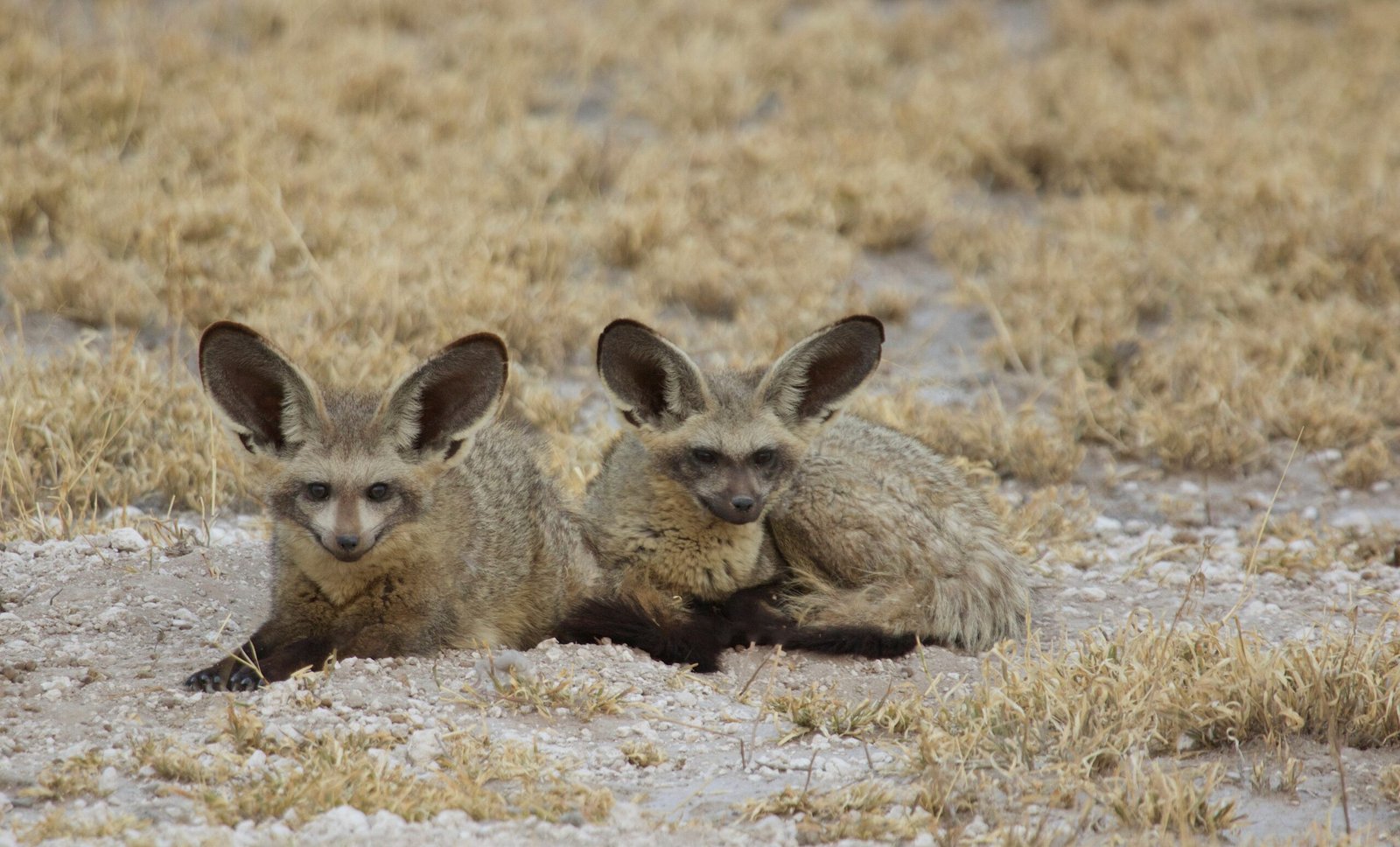
If you think the bat eared fox’s tail is just there to look fluffy, think again! That big, bushy tail serves several important roles. For one, it’s a cozy blanket during cold nights on the savanna. When the temperature drops, the fox can wrap its tail around its body like a scarf, keeping itself warm and snug.
But there’s more. The tail also acts as a signal for communication. Family members use tail movements and positions to warn each other about danger or call the kids home. It’s like waving a flag in the grass—subtle, but meaningful to those who know the code. The tail is a perfect blend of style and function.
Unique Teeth for a Unique Diet
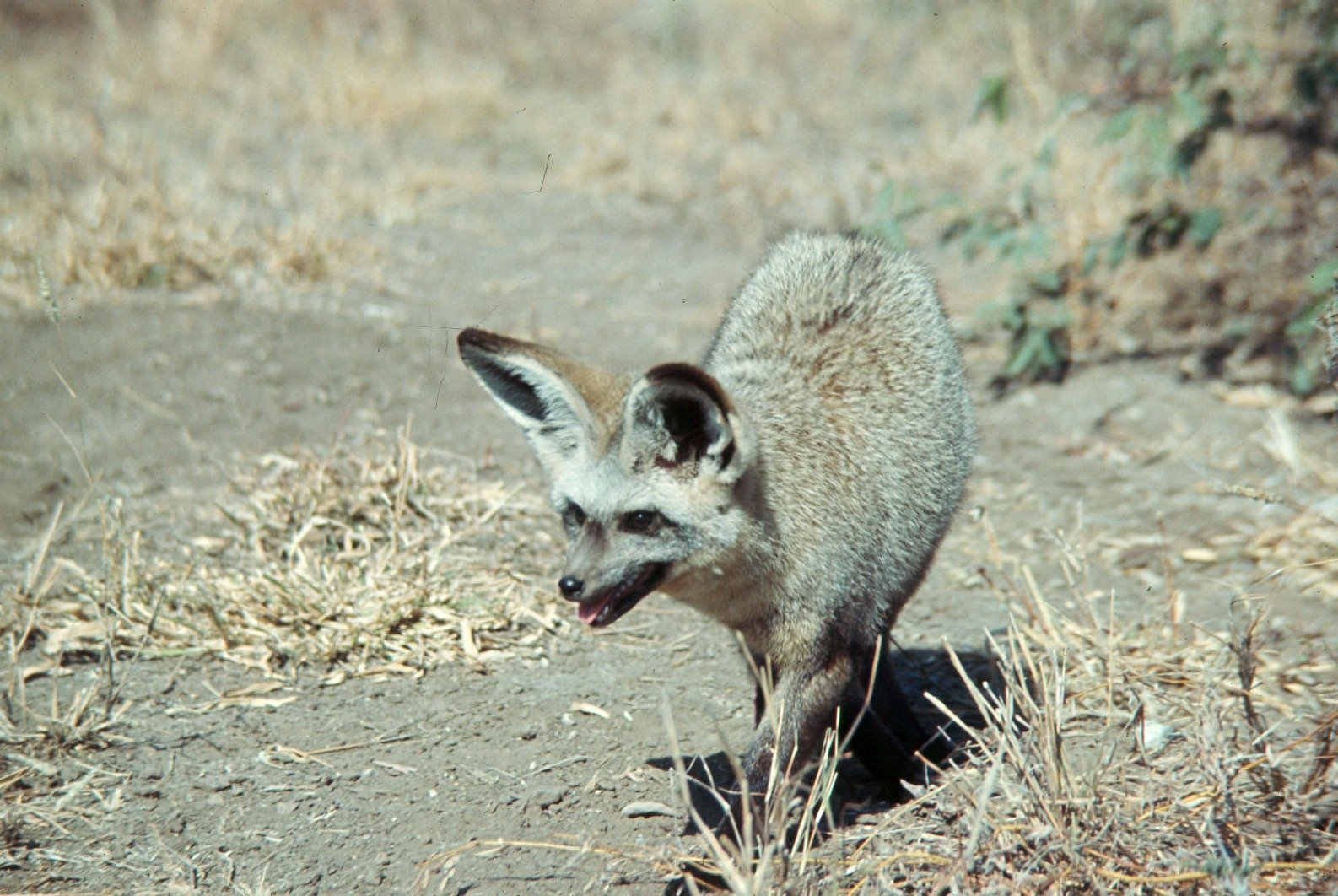
If you ever get a peek inside a bat eared fox’s mouth, you’ll notice something odd. Its teeth are smaller and more closely packed than those of other foxes. This isn’t a random quirk—it’s an adaptation to its insect-heavy diet. Chewing crunchy bugs and termites is tough work, and the bat eared fox’s teeth are built for the job.
These specialized teeth let the fox grind up insects efficiently and swallow them quickly. It’s a bit like having a built-in nutcracker, custom-made for tiny, armored snacks. This dental difference is just one more way the bat eared fox stands apart from the rest of the canine world.
Living in Harmony With the Grasslands
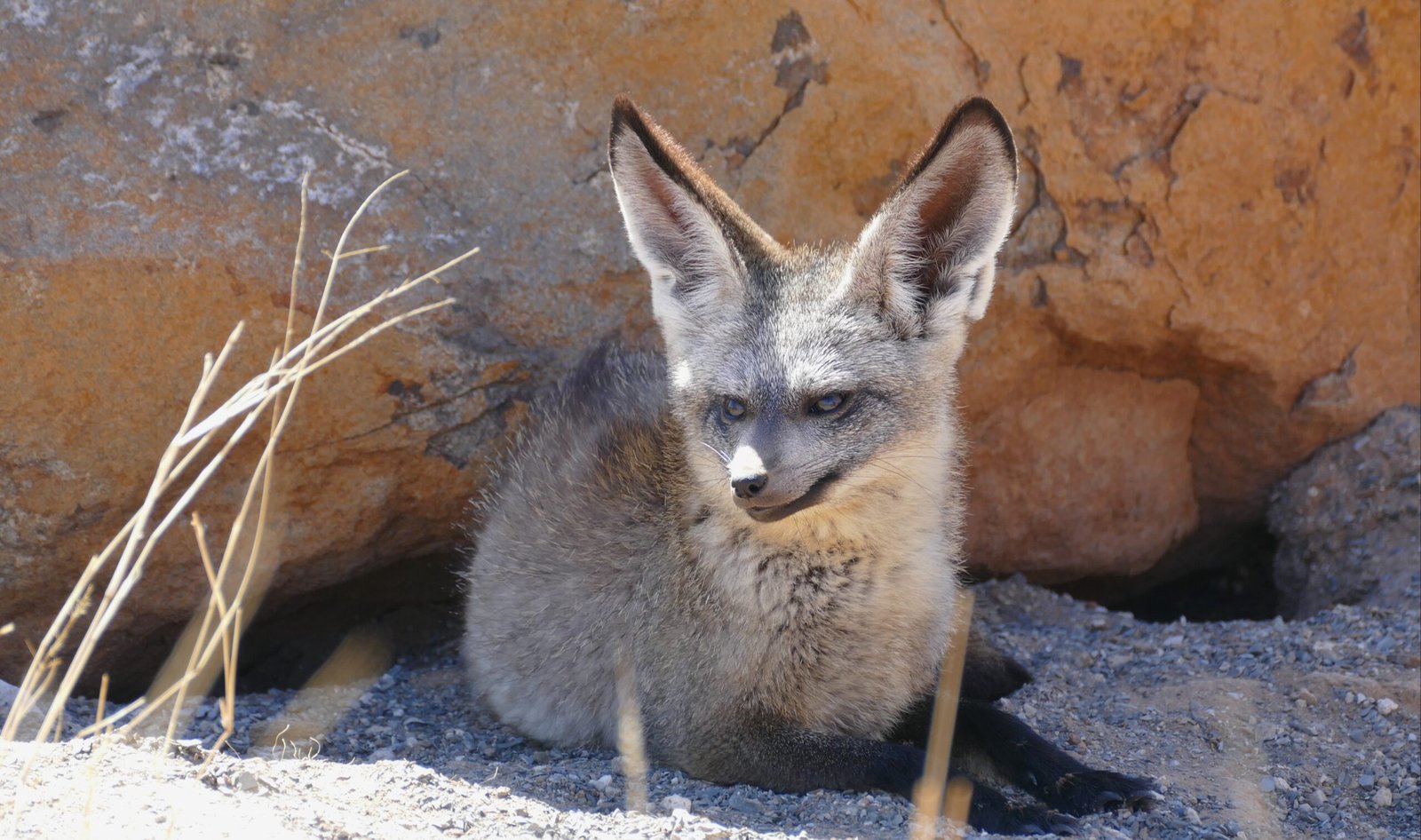
Bat eared foxes call the open grasslands and savannas of eastern and southern Africa home. They prefer areas with short grass, where termites and beetles are easy to find. Their sandy-colored fur helps them blend in perfectly with their surroundings, making it harder for predators to spot them.
These foxes are true experts at making the most of their environment. They dig burrows to escape the heat and raise their families underground. By feeding mostly on insects, they help control pest populations, playing a valuable role in their ecosystem. It’s a peaceful, balanced existence—one that benefits both the fox and the land it calls home.
Surprisingly Resilient—Thriving Despite Challenges
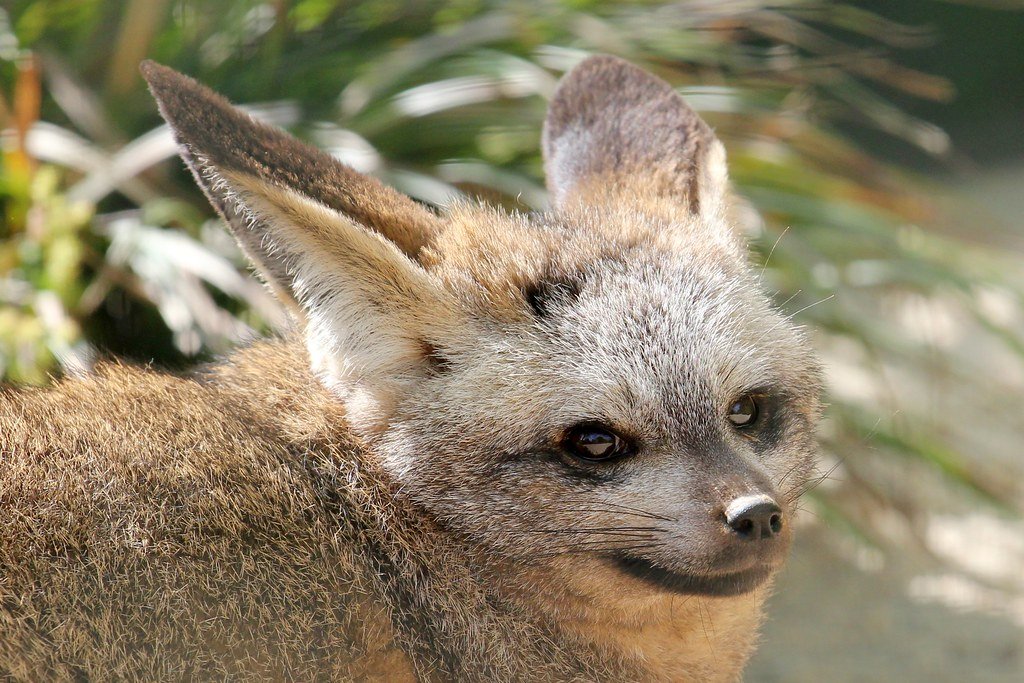
Life in the wild is never easy, but bat eared foxes have proven themselves to be remarkably tough. They face threats from predators, habitat loss, and changing climates, yet their adaptable nature keeps them going strong. Their ability to change habits, eat different foods, and work together as a family helps them survive when others struggle.
Conservationists keep a close eye on these clever canines, but for now, bat eared foxes are holding their own. Their resilience is inspiring—a reminder that even the most unassuming creatures can be strong, resourceful survivors in a challenging world.
The bat-eared fox is a fascinating creature, full of surprises that go far beyond its oversized ears and adorable appearance. From its incredible ability to hear insects burrowing underground to its unique diet and social behavior, this small African fox proves that big wonders often come in small, furry packages. These fun facts highlight just how specialized and resourceful the bat-eared fox truly is. By understanding and appreciating animals like this, we not only learn more about the natural world but also recognize the importance of protecting the unique species that share our planet.

Born and bred in South Africa, a Capetonian at heart. Amy-Leigh’s love for nature and animals was inherited from her Dad. He loves taking the family on road trips to experience nature at its finest; Amy-Leigh’s favourite being whale watching in Hermanus and spotting Kudu along the West Coast. Amy-Leigh holds a BA in English Literature and Communication Studies.

